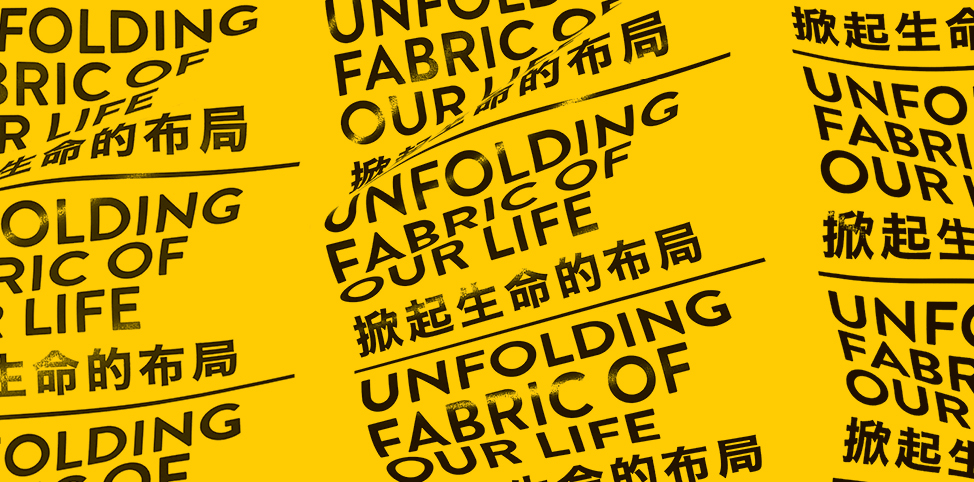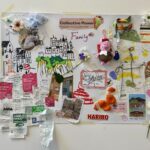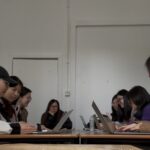“Unfolding: Fabric of Our Life” was an important group exhibition held by the Hong Kong Textile and Art Centre (CHAT) in 2019, curated by Mizuki Takahashi. The exhibition invited 17 contemporary artists and art groups from 12 countries and regions to explore the visual narrative and cultural symbolism of textiles as history, gender, class, and labor through traditional textile materials and techniques, in the forms of installations, videos, performances, and archival practices (CHAT, 2019).
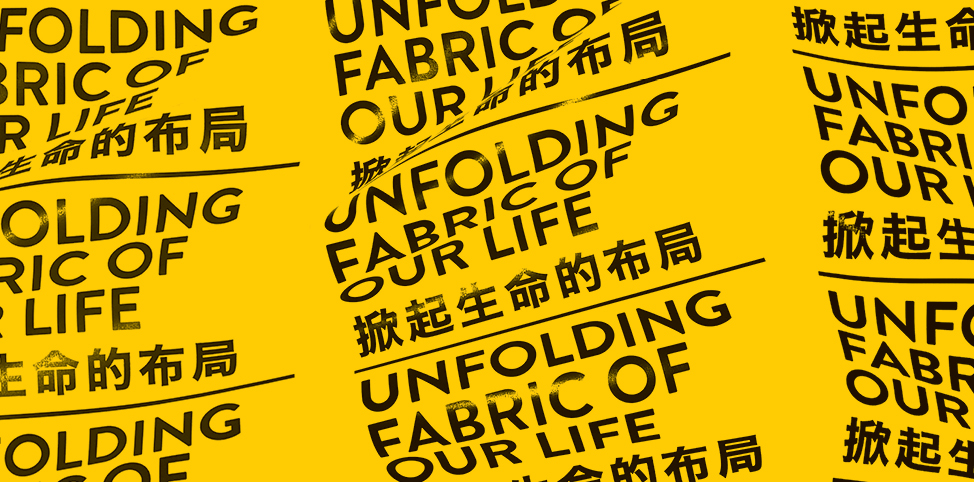
(“Unfolding: Fabric of Our Life” 2019)
In terms of curatorial methods, this project demonstrated three strategies worth noting. Firstly, it critically expanded the logic of the medium. CHAT did not view textiles as static traditions but guided artists to use techniques such as technological hybridization, material reconstruction, and conceptual nesting to make textiles an interventional tool for the modernization process. Secondly, it adopted a narrative strategy of “space-context interaction”. Located in the former Nan Fung Textile Factory, the recontextualization of this space turned the exhibition into a display “within history”. Thirdly, the exhibition’s participation mechanism design also integrated education and interaction: through workshops, community co-creation, and live performances, it strengthened the audience’s initiative in cultural construction. This also responded to Claire Bishop’s (2012) concept of participatory curating, which encourages the audience to engage with the exhibition experience as subjects.
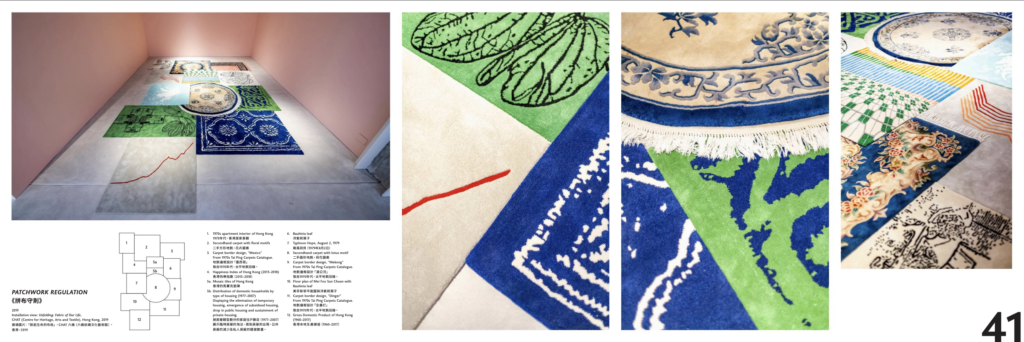
(“Unfolding: Fabric of Our Life” 2019)
For my project, this exhibition provided theoretical and practical paths for reference. Firstly, “Unfolding” demonstrated that traditional craftsmanship does not have to appear in a “preservation” mode; it can gain new life contexts through contemporary expression strategies. This responds to Hopfener’s thinking in “Tradition and Transmission”, which refuses to view traditional craftsmanship as static heritage but emphasizes its “dynamic transmission”. This logic also holds true in my exhibition – paper cutting art responds to the loss and reproduction of cultural memory through the combination with mechanical devices and laser cutting. Secondly, CHAT’s approach to space and local context suggests that the exhibition venue itself should also be curated and not merely serve as a “background”, but become part of the work’s semantic content. This prompted me to incorporate the spatial functions, daily structures, and cultural symbols of the quadrangle courtyard into the exhibition narrative.
Reference
Artforum (2019). “Unfolding: Fabric of Our Life.” https://www.artforum.com/events/unfolding-fabric-of-our-life-245085/
Bishop, C. (2012). Artificial Hells: Participatory Art and the Politics of Spectatorship. Verso.
Hopfener, Birgit. “Tradition and Transmission Shifting Epistemologial and Art Historical Grounds.” Journal of Contemporary Chinese Art, 2019.
